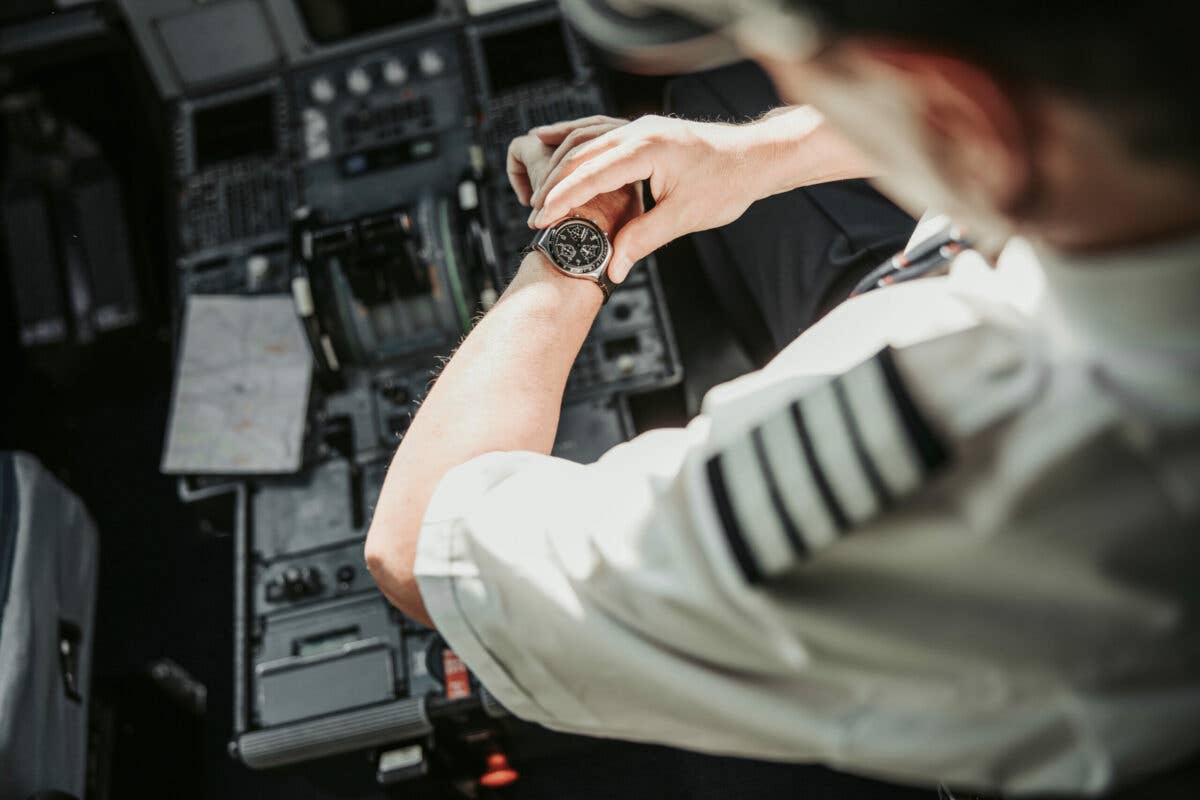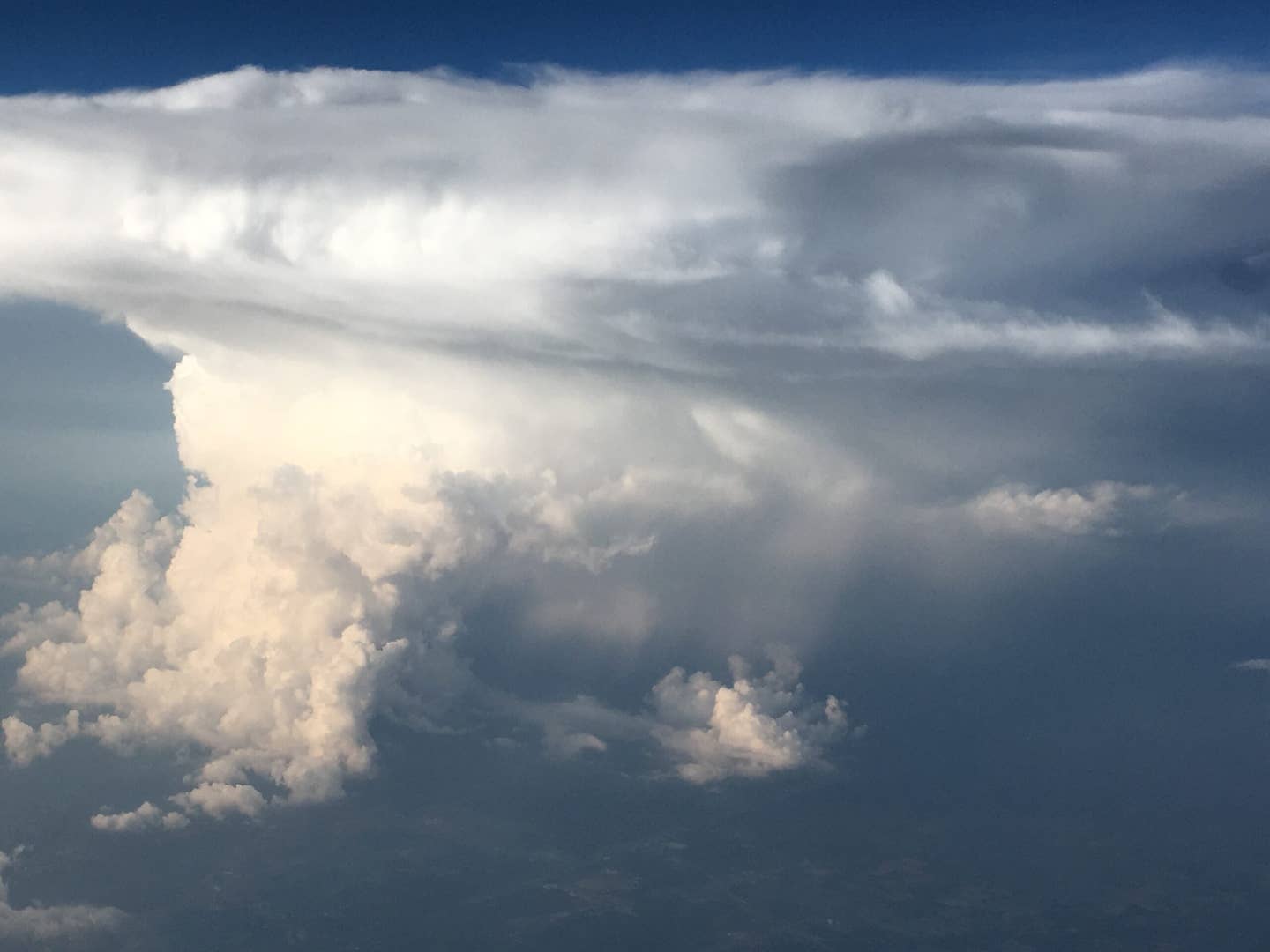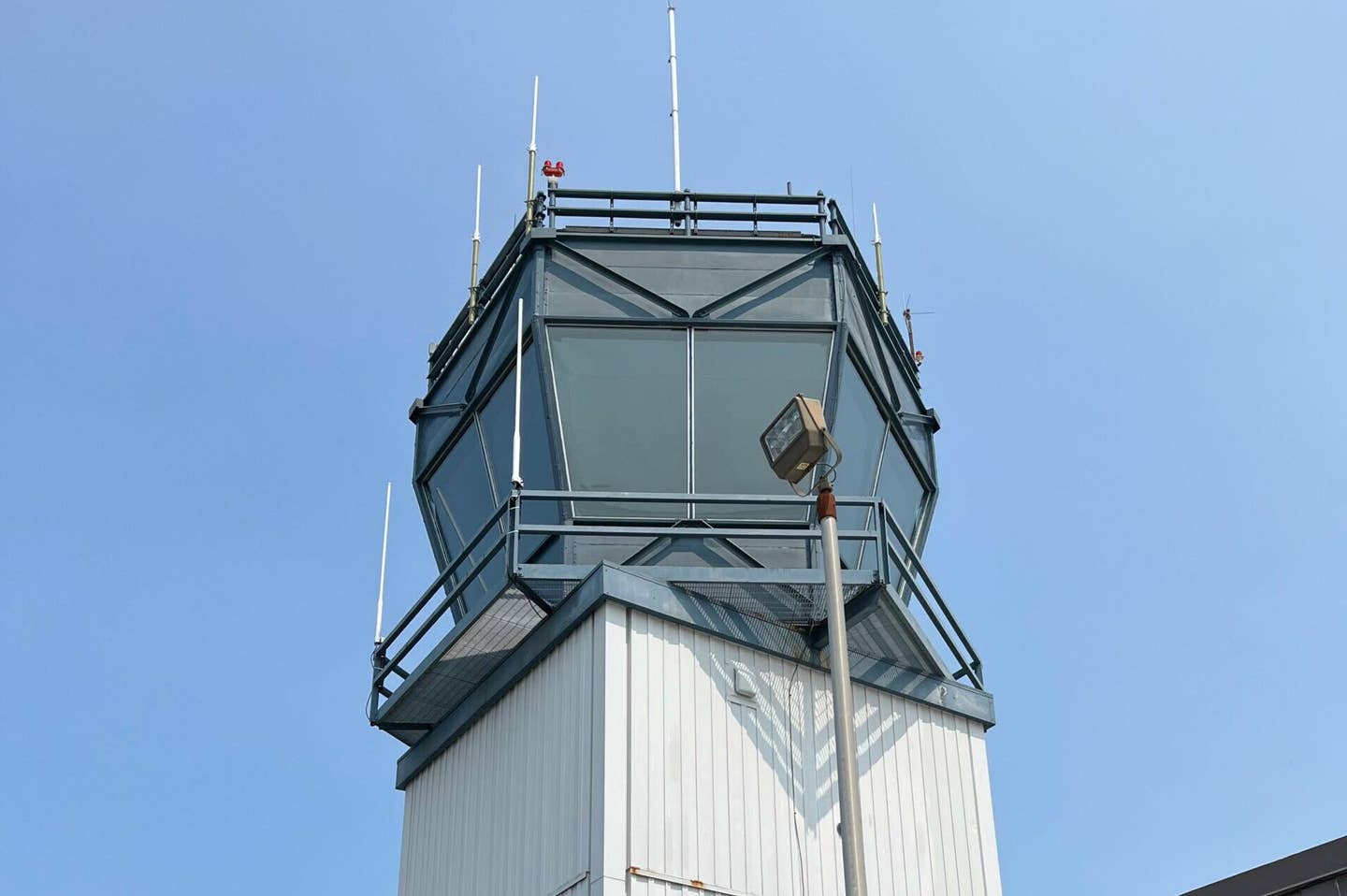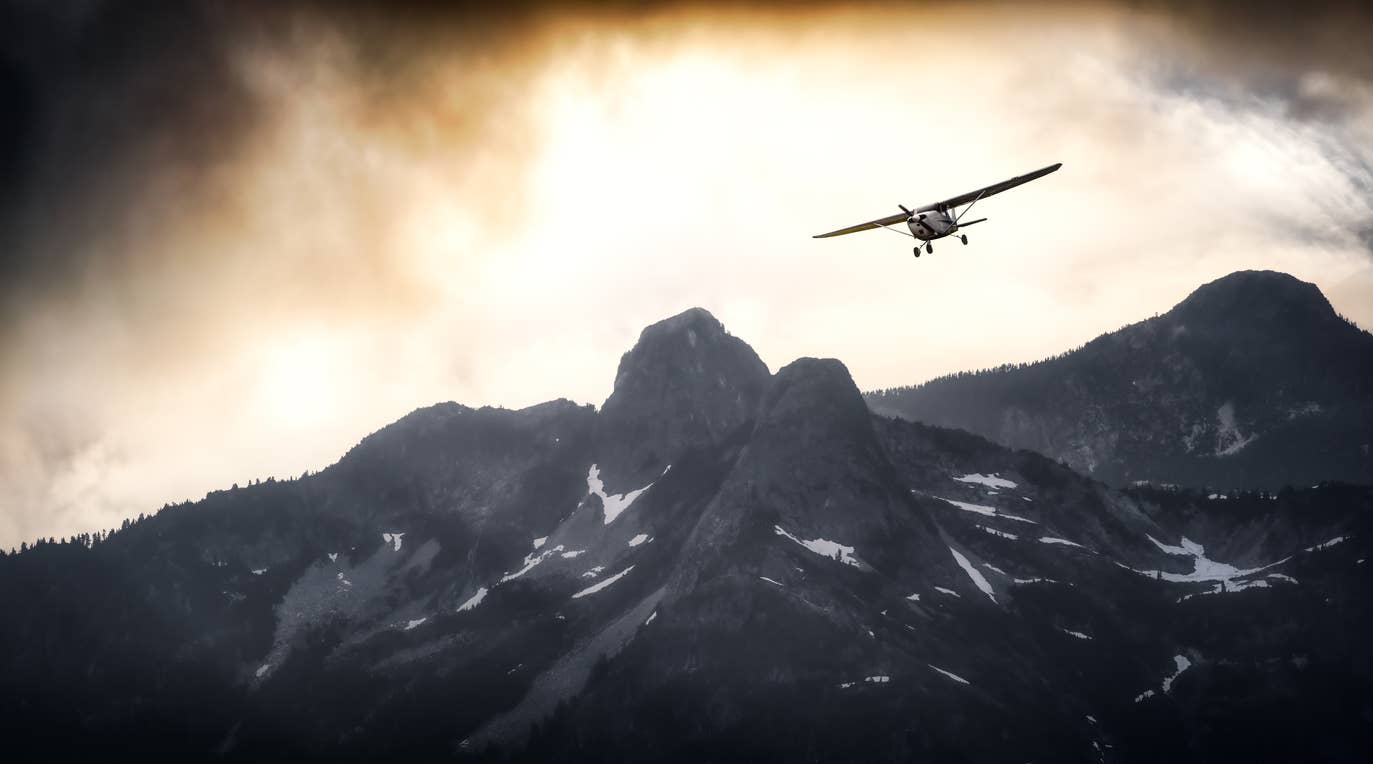What Impact Does Time Change Have on Aviation?
Here’s how the aviation world navigates local time adjustments during daylight saving time.

The aviation world uses Zulu time, which is derived from the Prime Meridian running through Greenwich, England. [Credit: Shutterstock]
Question: My workplace is struggling with the switch to daylight saving time and I'm wondering, what impact does losing an hour in the spring and gaining an hour in the fall have on aviation? I heard there are some states in the U.S. that don't observe daylight saving time—doesn't that mess things up for air travel?
Answer: The aviation world uses Zulu time, which is derived from the Prime Meridian running through Greenwich, England. Instead of having to convert to local time or local time adjusted for daylight saving time, pilots use Zulu time—adjusting to local time after they land.
Meridians are imaginary lines that run north and south, or longitudinally, stretching from the North to South poles. The Prime Meridian is the zero line, from which measurements are made in degrees east (E) and west (W) to 180 degrees. This is where time zones begin.
It takes one day, defined as 24 hours, for Earth to make a complete 360-degree rotation. Doing the math, 360 divided by 24 establishes that Earth rotates 15 degrees per hour as the sun moves across the sky from east to west. Time zones mostly fall within these 15-degree intervals.
In the U.S., there are six time zones: Eastern (roughly 75 degrees from the Prime Meridian), Central (90 degrees), Mountain (105 degrees), Pacific (120 degrees), Alaskan (135 degrees), and Hawaii-Aleutian (165 degrees).
When it is noon in Eastern Standard Time, it is 11 a.m. Central Standard Time, 10 a.m. Mountain Standard Time and 9 a.m. Pacific Standard Time, etc.
That's an awful lot of mental math—especially when you are traversing multiple time zones several times a day, so the aviation community uses Zulu time, with “Zulu” referencing the zero or Prime Meridian. This is also referred to as universal coordinated time (or UTC). Pilots convert to local time in the U.S. by using subtraction.
To convert Zulu to local time in the continental U.S.:
- Eastern Standard Time: Zulu time - 5 hours
- Central Standard Time: Zulu time - 6 hours
- Mountain Standard Time: Zulu time - 7 hours
- Pacific Standard Time : Zulu time - 8 hours
During daylight saving time, add 1 hour to the subtraction times.
Daylight saving time was first adopted in the U.S. during World War I. It created darker mornings and longer daylight hours used for war work. In 1974 it was adopted during the energy crisis for the same reason—starting "the day" earlier in theory gave you more daylight to work with.
In the U.S., daylight saving time runs from the second Sunday in March to the first Sunday in November.
Do you have a question about aviation that’s been bugging you? Ask us anything you’ve ever wanted to know about aviation. Our experts in general aviation, flight training, aircraft, avionics, and more may attempt to answer your question in a future article.

Subscribe to Our Newsletter
Get the latest FLYING stories delivered directly to your inbox






